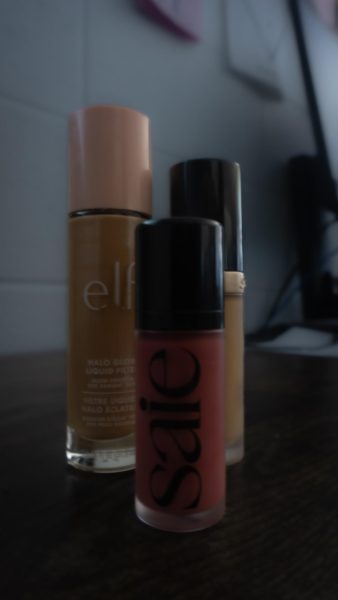
In the morning, when putting makeup on, do you think of how that tube of mascara came into your hands? The obvious answer is going through the manufacturing process, but there is so much more that goes into making products for humans. Everything produced for human consumption or application is first and foremost tested for if there is a possibility of a reaction to occur. Most of this testing is done upon innocent animals. This suffrage of animals is a common practice called animal testing.
People are constantly making assumptions about it due to unawareness, turning and twisting around, like a game of twisters, when, in reality, no one knows the severity of it. Some think testing makeup products on animals is just swiping a touch of blush on a dog’s cheek or putting mascara on the long lashes of a cat. Though that is a naive point of view of the circumstance. The harsh reality of it, many animals are injected with chemicals, forced to stay awake with drugs, and so much more. The animals that are loved and adored by humans everyday. Though, behind the scenes, animals who weren’t so lucky to be cared for are being abused and suffering on a daily basis. Their sacrifice not being specifically cared for. If an animal passes during the testing, then they are deposited like a scrap piece of trash.
PETA (People for the Ethical Treatment of Animals) shares stories about how “dogs were forced to inhale cigarette smoke for months”, “mice being cut up while still conscious”, and even “cats being deafened, paralyzed and drowned.” These cruel actions are only the beginning. As humans, we prioritize our consumption over animal comfort. Them living in captivity and being constantly drowned in fear cause their mental conditions to be crushed to nothing. Our consumption is the cause of the detrimental neurological effects of animals. They are in continuous terror of the next experiment that they will be a victim of. Animals are in constant need of enrichment and due to the small kennels they are thrown into, that needed environment becomes a distant dream. These creatures resort to “spinning in circles, rocking back and forth, pulling out their own fur, and biting themselves” (PETA).
“Some think testing makeup products on animals is just swiping a touch of blush on a dog’s cheek or putting mascara on the long lashes of a cat. Though that is a naive point of view of the circumstance.”
The effect of animal testing is shown over social media platforms, where influencers try to spread awareness to the topic of animal testing and the unethicality of it; animals shouldn’t be suffering for our own selfish desires. Tiktokers will show their animal who had been through the tortures of animal testing and the audience will see the lost eye of a dog or the missing limb of a cat. Would anyone allow a little kid to be taken and confined in a small space while they are poked and prodded? Cut into? Then thrown out like they were nothing? No, no they wouldn’t. There would be numerous protests and everyone would be talking about it on the internet. And everyone would care. Alternatively, while people are knowledgeable to the fact that their chapstick was probably tested on animals, they’d rather laze in their pool of comfort than face the elephant in the room.
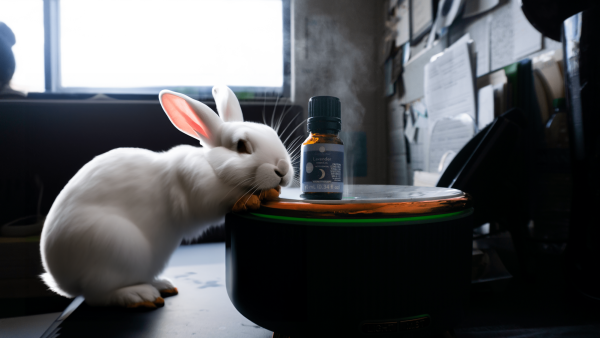
Even students at Denmark agree that animal testing isn’t ethical. Nicole Zeiter, a junior, expresses how she doesn’t “think that animal testing is ethical…as they do not have a choice whether or not they are tested on.” Animals don’t have a way of communicating with those around them, specifically with humans. They can’t speak, they don’t have a voice within society. And if they do speak out against something, most of the time they resort to violence. Then their consequences of acting out for acts against them are either euthanized or marked as “violent.”
As a student in the third year veterinary science class, Zeiter acknowledges that, “some procedures that animals endure such as multiple surgeries performed…or being force-fed chemicals can leave permanent damage on animals…” The animals that get saved from testing labs are probably deformed in some way or another, they can even have rational fear of humans that may not ever be repaired.
Though animals don’t have to suffer from this, they can continue being a loving presence in homes, instead of being confined and objectified as a laboratory experiment. There are a multitude of new technological developments and research findings that can revolutionize product testing for humans. There are numerous alternatives that allow the same results and if researchers continue experimentation on them the results will become increasingly accurate. There is an In-Vitro Testing is a computer-model testing method. According to PETA, “researchers created “organs-on-chips” contain human cells grown in a system to mimic the structure and function of human organs and organ systems.” With this, not only is this testing a better mimic of the human system than animals, but more accurate results cause less reactions occurring in humans. Plus, with the technological pandemic occurring, the chance of this revolutionizing is greater.
This is only one alternative of animal testing, but there are numerous more: computer (in silico) modeling, testing in a dish, and even testing on human volunteers. Our goal should be to stop hurting those who don’t have a voice, we should stand up for the rights of the lives that were put into our hands by our own choice. Due to their domestication, animals have and will continue to depend on us, their innocent selves are ours to protect. By failing them we are proving that we don’t deserve the world that we’ve gotten, the natural world of earth is ours to protect.



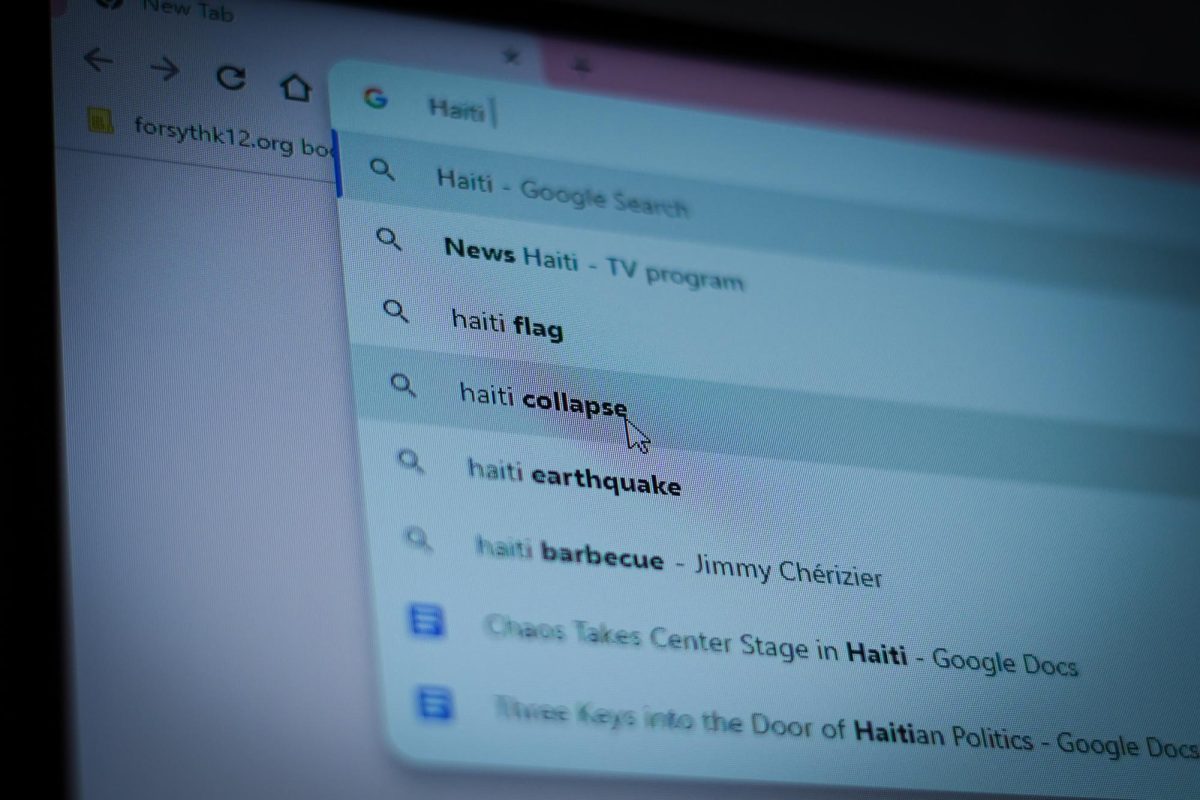


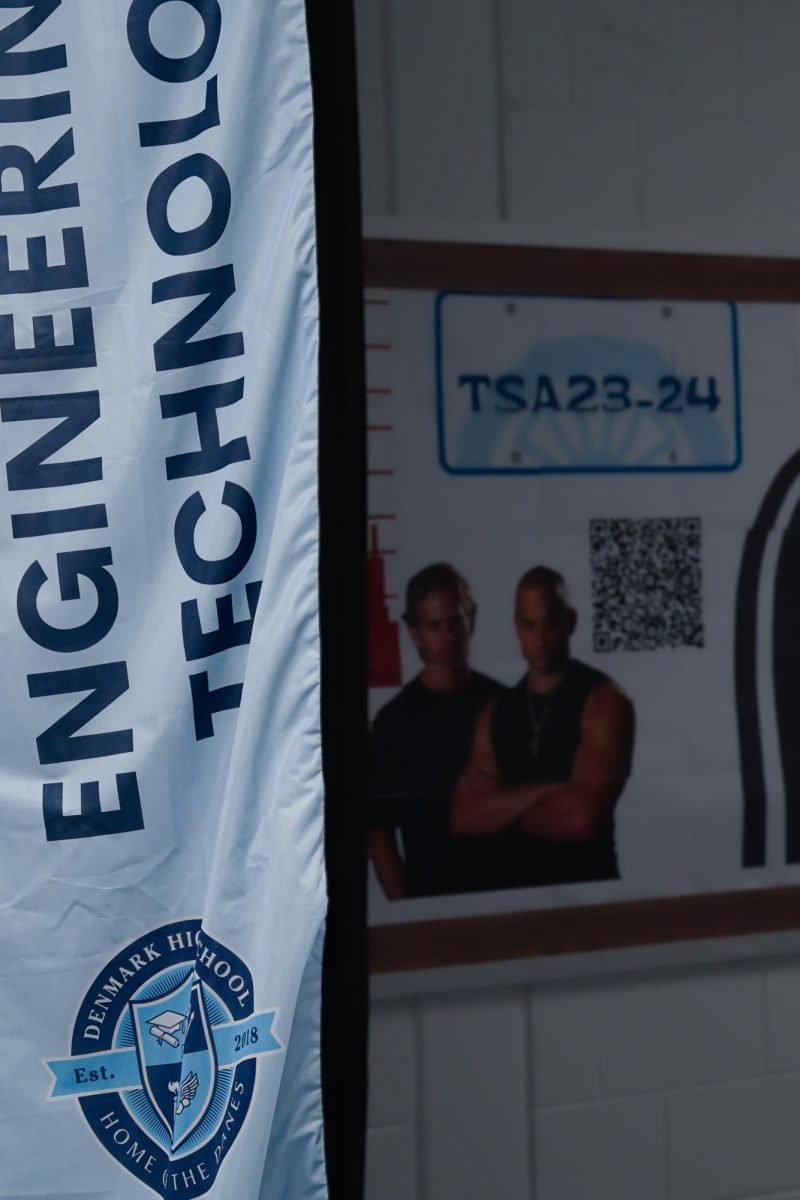

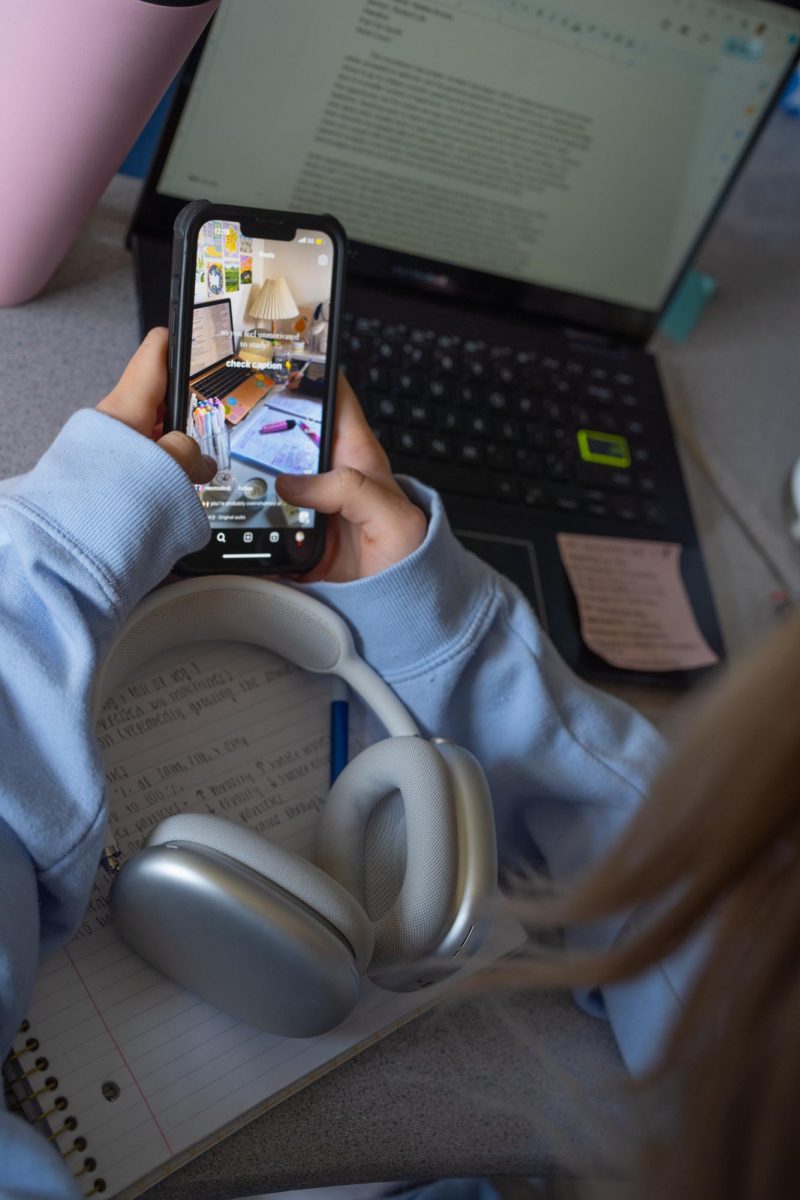
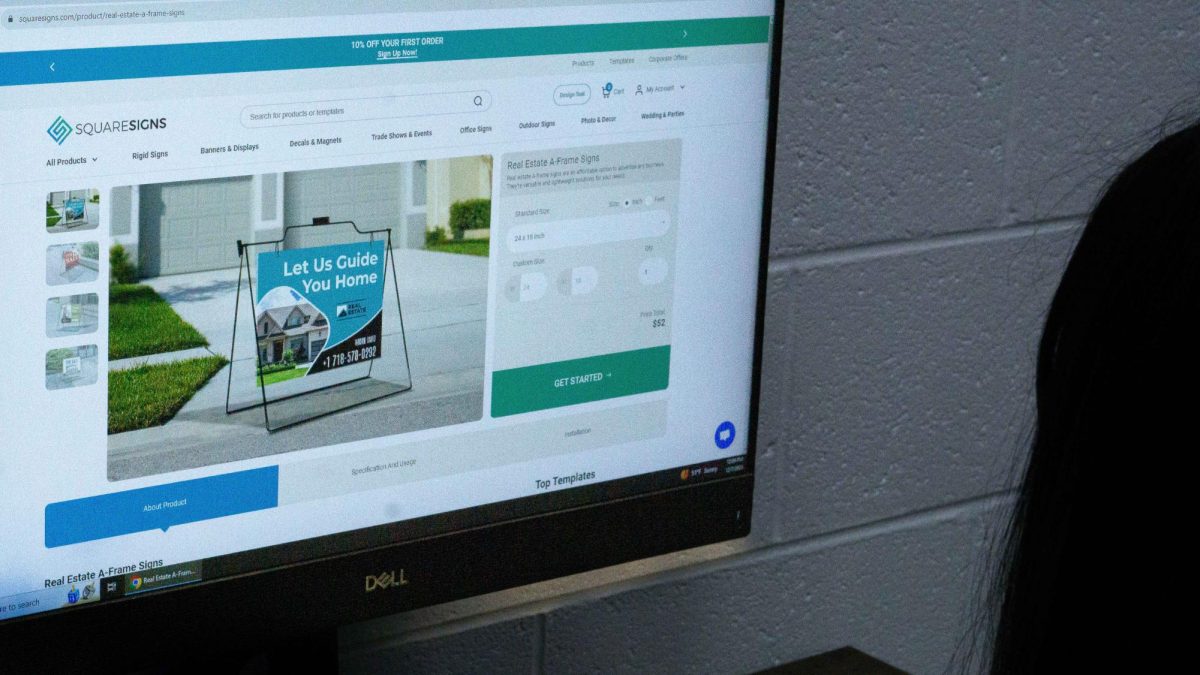








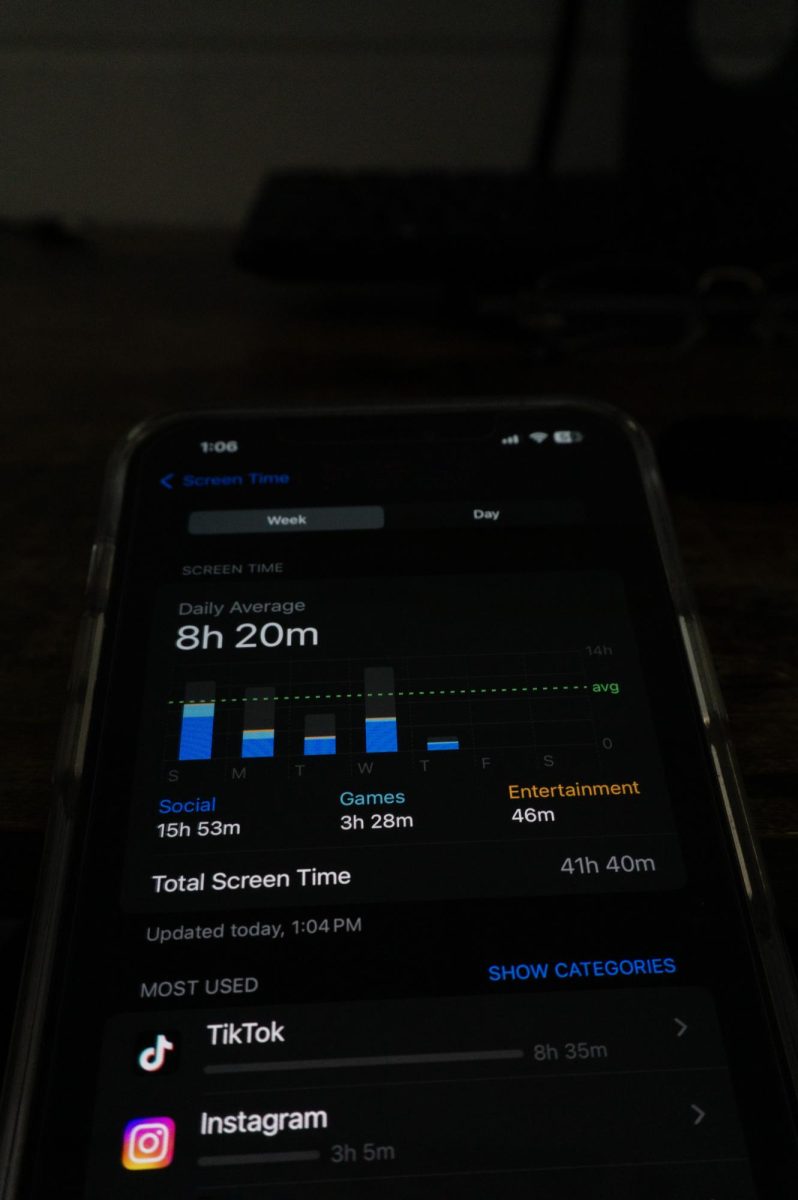


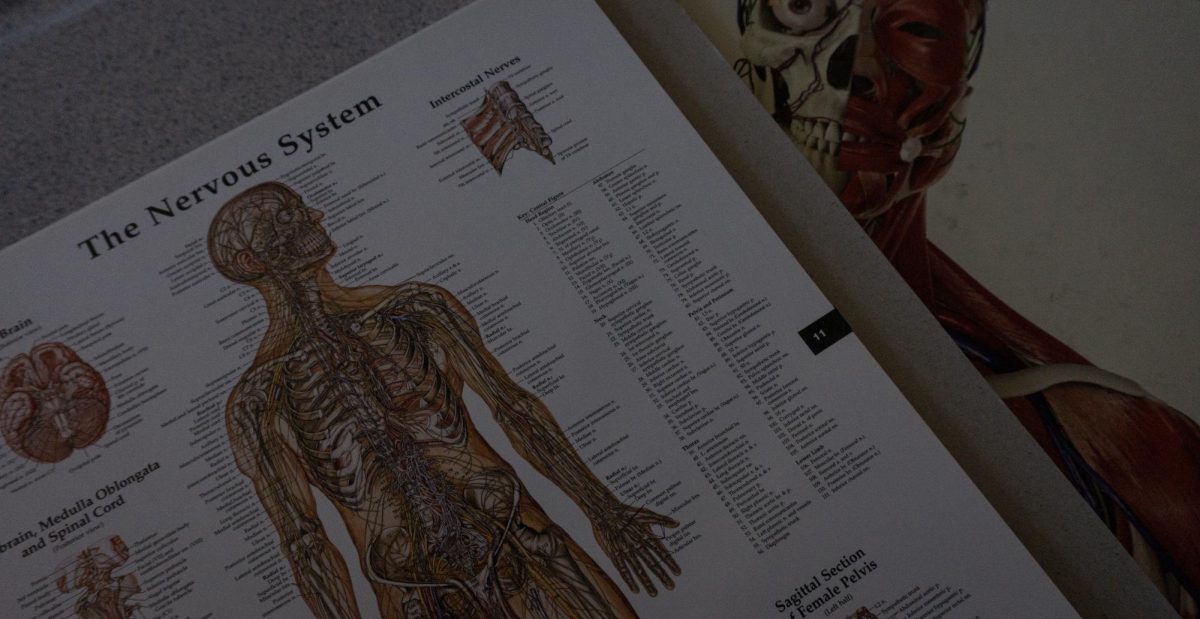



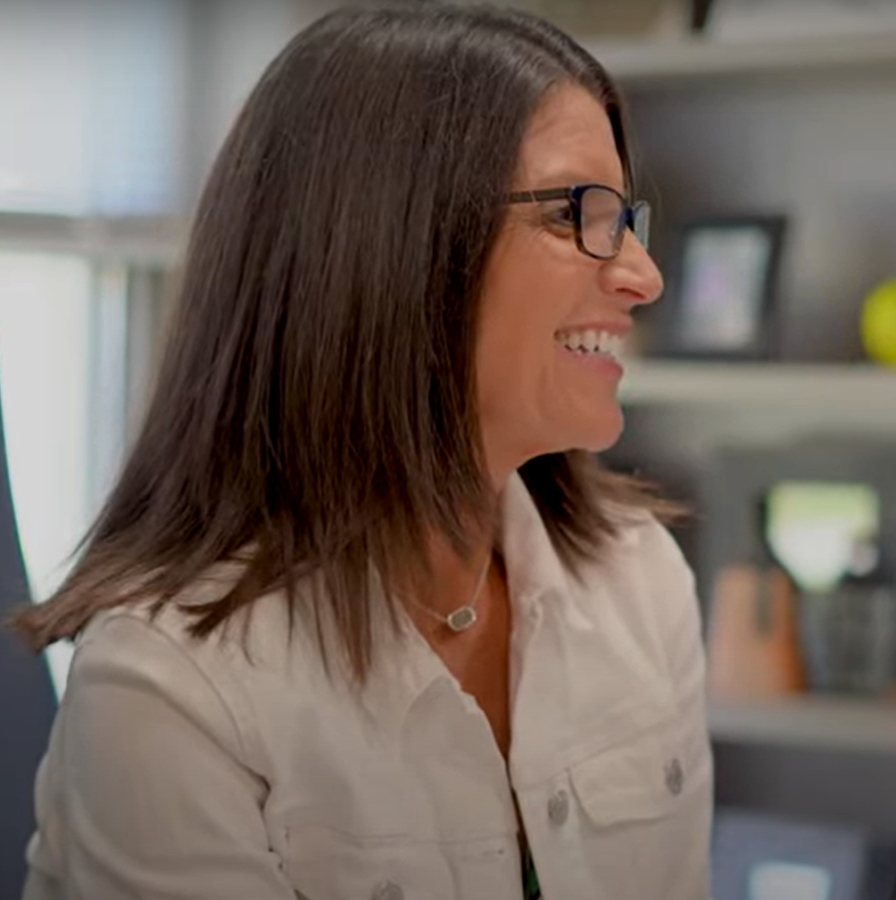

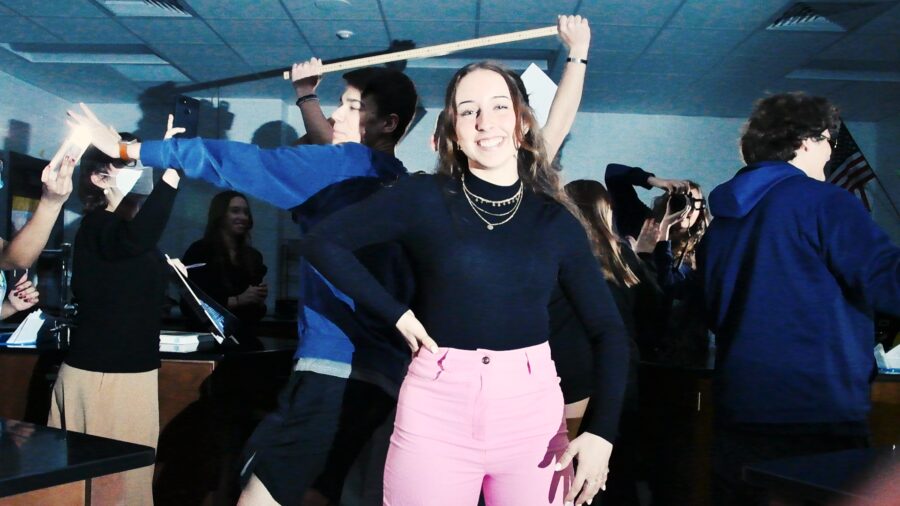



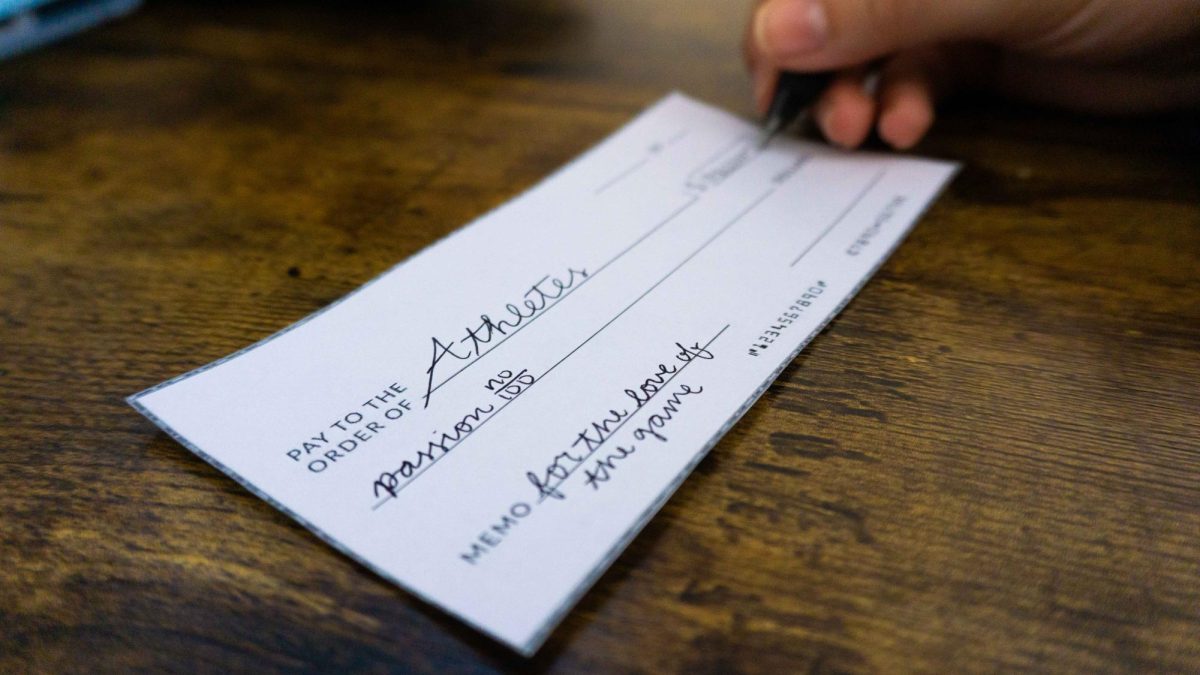





Radhika Kulkarni • May 13, 2024 at 11:35 am
I really liked the pull out quote. I didn’t know animal testing could be as harsh and cruel as cutting up living mice.
Brendan Thornton • Apr 22, 2024 at 12:03 pm
This article is very eye-opening. It really emphasizes the harms and dangers of testing on animals